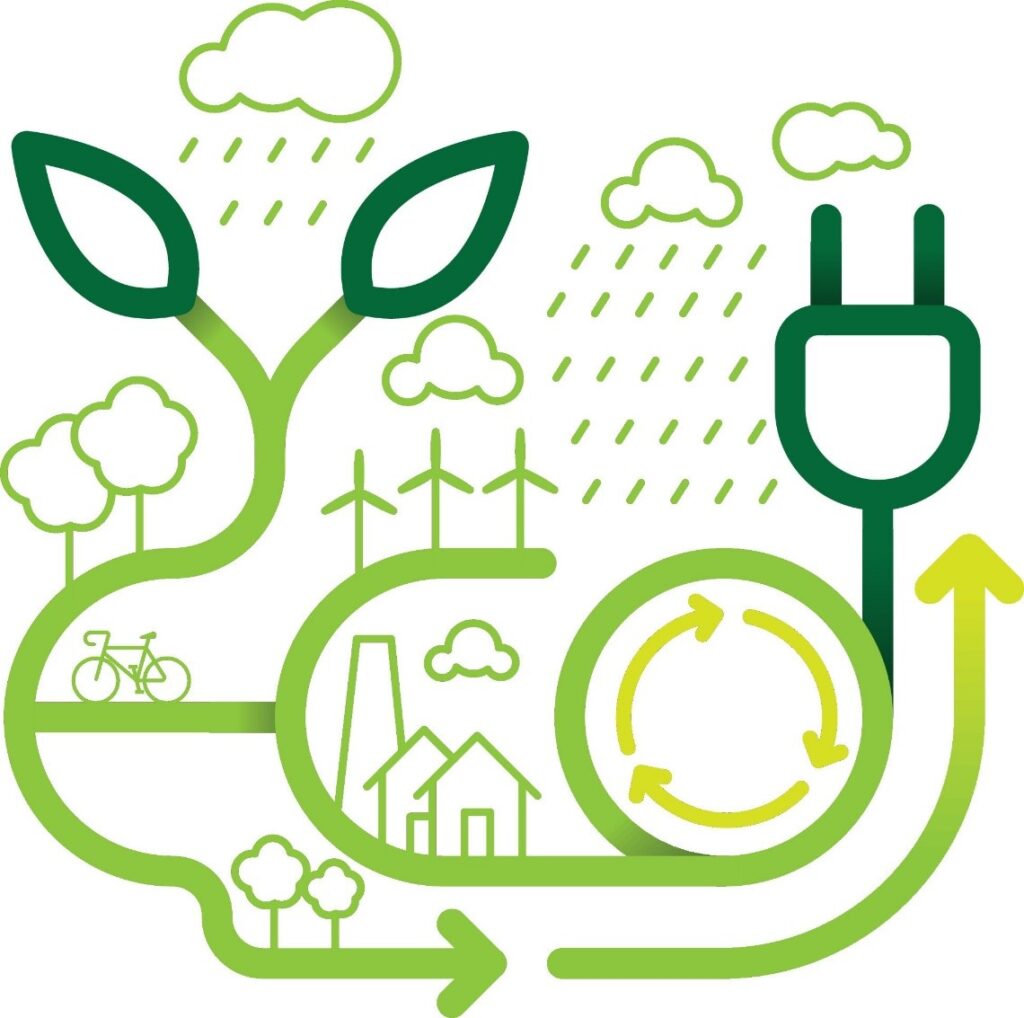The Inflation Reduction Act, signed into law on August 16, 2022, is anticipated to reshape the US energy industry, making fossil fuel alternatives more accessible to people. The legislation affects a lot — from health care access to drug pricing to deficit reduction. However, USA Clean Energy Association explains that its primary focus is climate change and the energy industry.
The bill’s main goal is to hustle the United States of America onto the path to decrease greenhouse gasses by 40% below 2005 levels by 2030. Currently, the country is forecasted to reach a 25% reduction, so the Act is accelerating expectations, becoming planet friendlier sooner.
The Inflation Reduction Act Provisions
One of the key drivers to going green is the nation’s capacity to construct renewable technology, such as solar panels and electric vehicles. And the recent bill makes this possible.
Simultaneously, decision-makers will ensure consumer-oriented provisions become more affordable for those with lower or middle incomes, allowing them to access electric-powered cars, heat pumps, and more.
The Act’s Provisions and Their Impacts on The Clean Energy Industry
Before the bill came into law, tax credits for the wind and solar energy were limited to one to three years. However, the Inflation Reduction Act locks them in for the next ten years. Policymakers believe this will spur new economic developments and jobs within sectors that rely on clean energy moving forward.
On top of that, the Act is set to provide tools for the domestic mining of resources required to make offshore wind developments, solar panels, and batteries. After all, offshore facilities can’t be developed without the huge ships needed to build them.
In addition, the bill sets aside masses of funding for bolstering the nationwide production of clean energy, including a $60 billion fund to support the onshore manufacturing of clean energy. Ideally, that will ease inflation and diminish the chance of future price shocks by limiting the costs related to non-fossil fuel options.
Extra funding provided by the Inflation Reduction Act to positively impact the clean energy industry includes the following:

- $20 billion in loans to fashion new manufacturing establishments for electric and renewable vehicles
- $500 million for the Defense Production Act, accelerating the creation of heat pumps and more efficient critical mineral processes
- Production tax credits for the nation’s manufacturers, ensuring they speed up the production of wind turbines, solar panels, and batteries
- Grants of $2 billion to facilitate automakers’ transitions to clean vehicle production
- $10 billion investment tax credits for brand-new manufacturing units making clean technology
Historically, the United States of America has been one of the world’s biggest greenhouse gas emitters. However, it’s also poised to be one of the greatest leaders in effective climate change fighting.
Experts state that the recently signed bill gives the country a chance to demonstrate real-time technologies that can be utilized throughout the nation and overseas. Ultimately, the Act provisions large-scale climate action, helping the US reach its goal of 40% below 2005’s greenhouse gas levels by 2030.



